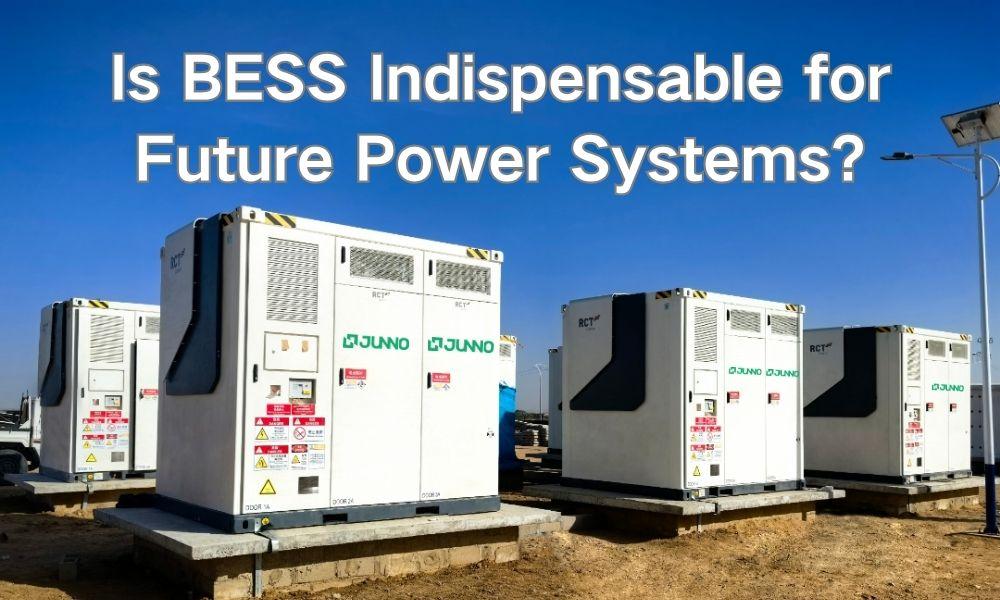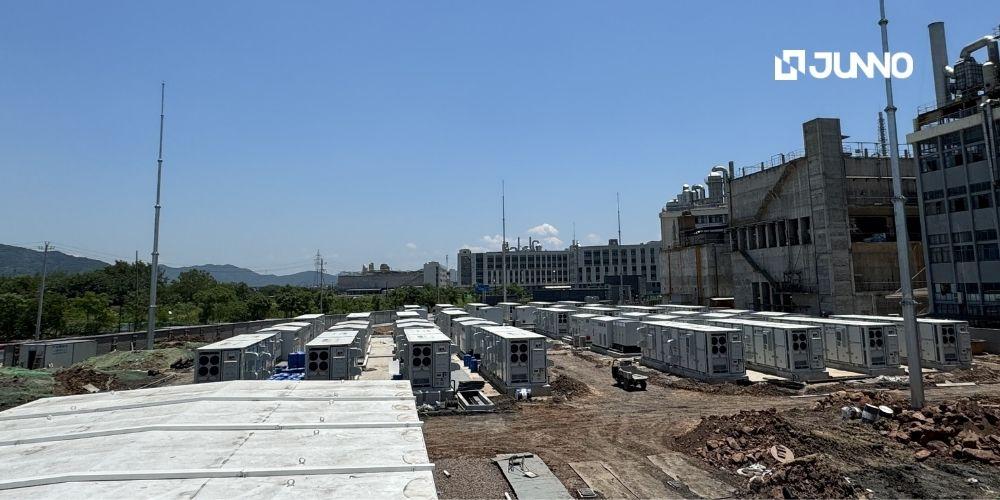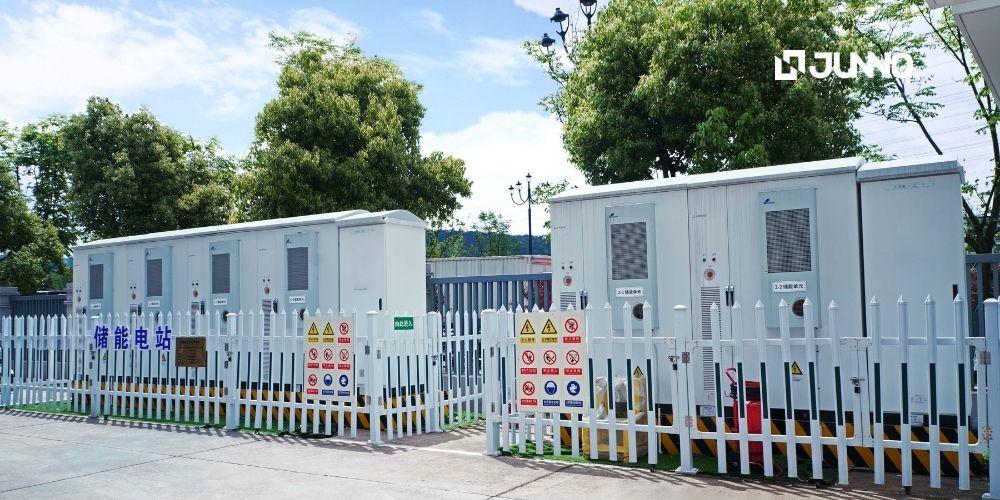Is BESS Indispensable for Future Power Systems?
With the rapid development and large-scale grid connection of renewable energy sources (such as solar and wind power), their inherent intermittency and volatility pose enormous challenges to the stable operation of the power grid. Energy storage technology, as an important means of regulation, plays an indispensable role in the development of new energy sources.

Balancing Power Supply and Demand
The EIA predicts that by 2050, wind and solar will account for 72% of renewable energy generation, nearly doubling from 2020. Unlike traditional thermal power, which is highly adjustable, wind and solar energy's variability complicates the balance between generation and consumption.
Equipping the system with energy storage can perfectly solve this problem: when the power generation side has excess power, the energy storage system stores the excess electricity; when the power consumption load is too high, the energy storage system releases the previously stored electricity, thereby achieving real-time energy matching and ensuring the safety and stability of the power grid.
Case Study: Zhuji 50MW/100MWh BESS Project
The energy storage system comprises 22 prefabricated 5 MWh battery containers and 11 prefabricated 5MWPCS containers. It is also equipped with 10 sets of 5.175 MW/10.34 MWh energy storage units and two newly constructed 35kV and 110kV booster stations.
This energy storage system will alleviate pressure on the power grid, enable more flexible energy management, and ensure a stable and reliable power supply.

Mitigating Power Fluctuations
Although wind and solar power generation have the enormous advantages of being clean and renewable, their intermittency and volatility are like a double-edged sword. Solar power depends on sunlight, and its power generation capacity drops significantly or even stops at night or in cloudy or rainy weather. Wind power is affected by wind strength and stability, and when the wind is unstable, power generation fluctuates accordingly. This unstable power generation characteristic poses a great challenge to the stability and reliability of the power supply.
Energy storage technology successfully compensates for this shortcoming of renewable energy. When the sun is shining brightly and the wind is blowing strongly, and renewable energy generation is abundant, the energy storage system quickly activates to store the excess electricity. When weather conditions are unfavorable and renewable energy generation is insufficient, the energy storage system promptly releases the stored electricity to ensure a stable and continuous power supply.
Case Study:Chad 2.5MW/7.776MWh PV-BESS Project
The project is located in the Iriba region of the Republic of Chad in Central Africa. It adopts an integrated “PV + BESS” design with a total installed capacity of 2.5 MW and a 7.776 MWh lithium iron phosphate energy storage system. The project has an annual power generation capacity of approximately 4 million kWh, aiming to address the intermittency issues of new energy sources while providing stable power to 2,000 households and small businesses in the surrounding area.

Optimizing Energy Allocation
During the transmission and distribution of energy, certain losses occur due to factors such as resistance. Energy storage systems can flexibly allocate energy resources based on the energy demands of different regions and time periods, thereby optimizing energy allocation and significantly improving energy utilization efficiency.
• Long-Distance Transmission
When the load on the power transmission line is low, the electrical energy is stored; when the load is high, the stored electrical energy is released to supplement the transmission capacity and reduce energy losses caused by long-distance transmission.
• Distribution Networks
Installing energy storage devices in residential distribution grids allows energy to be stored during off-peak hours and released during peak hours, effectively alleviating the supply pressure on the distribution grid, improving power quality, and ensuring normal electricity supply for residents.
• Distributed Solar Farms
In distributed solar projects, energy storage systems can store excess electricity generated by photovoltaic power plants for use by users at night or on cloudy days, achieving on-site consumption of energy, reducing energy losses during transmission, and further improving energy utilization efficiency.
Case Study: Guangdong 1.2MWh BESS Project
The BESS project is located in Guangdong, China, with a total installed capacity of 1.2MWh, equipped with five 248KWh energy storage cabinets and one PCS prefabricated cabin. By installing the BESS system, electricity can be stored during peak and off-peak hours during the day, not only ensuring the power supply to the workshop but also enabling the company to benefit from the difference in peak and off-peak electricity prices, thereby saving a significant amount of costs.
It has been proven that for industries severely affected by power shortages, energy storage will be a game-changer. It not only provides operational flexibility but also offers economic advantages, ensuring business continuity and enhancing profitability.

Conclusion
In the energy system of the future, BESS will be closely integrated with renewable energy sources to build a stable, intelligent energy network. With continuous technological advances, energy storage technology will continue to make new breakthroughs, and costs will continue to fall, laying a more solid foundation for its large-scale application.